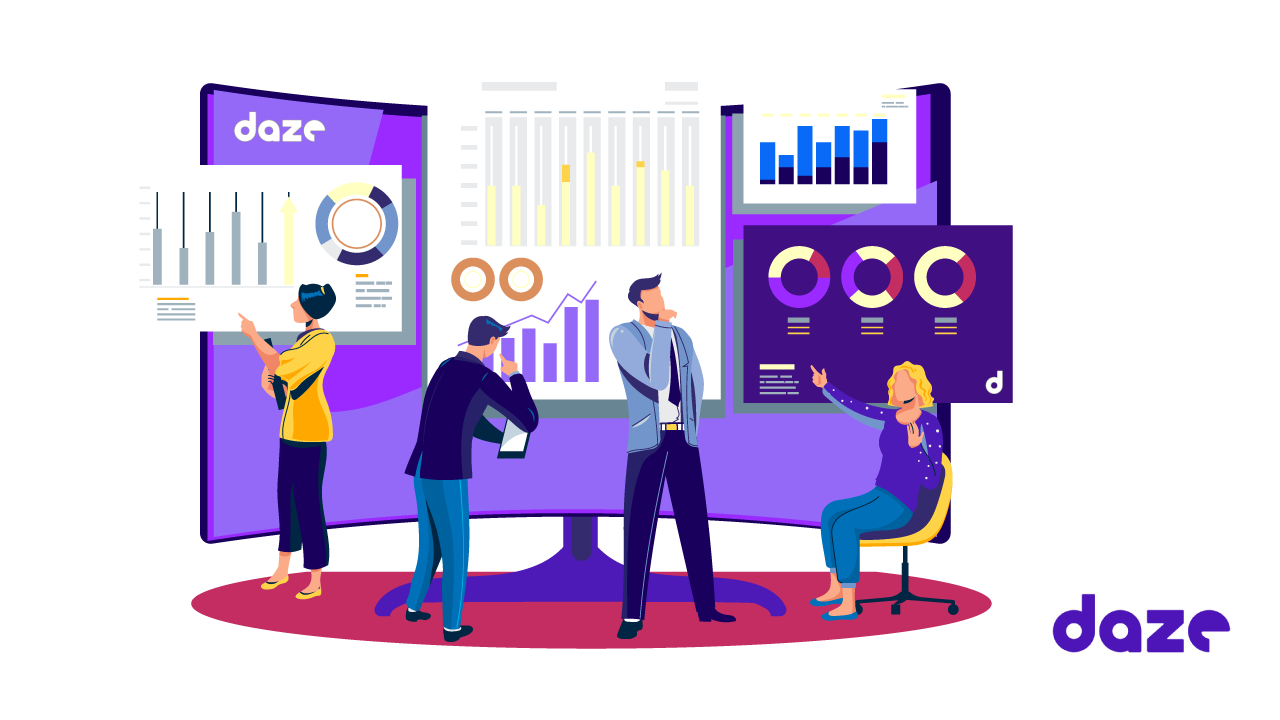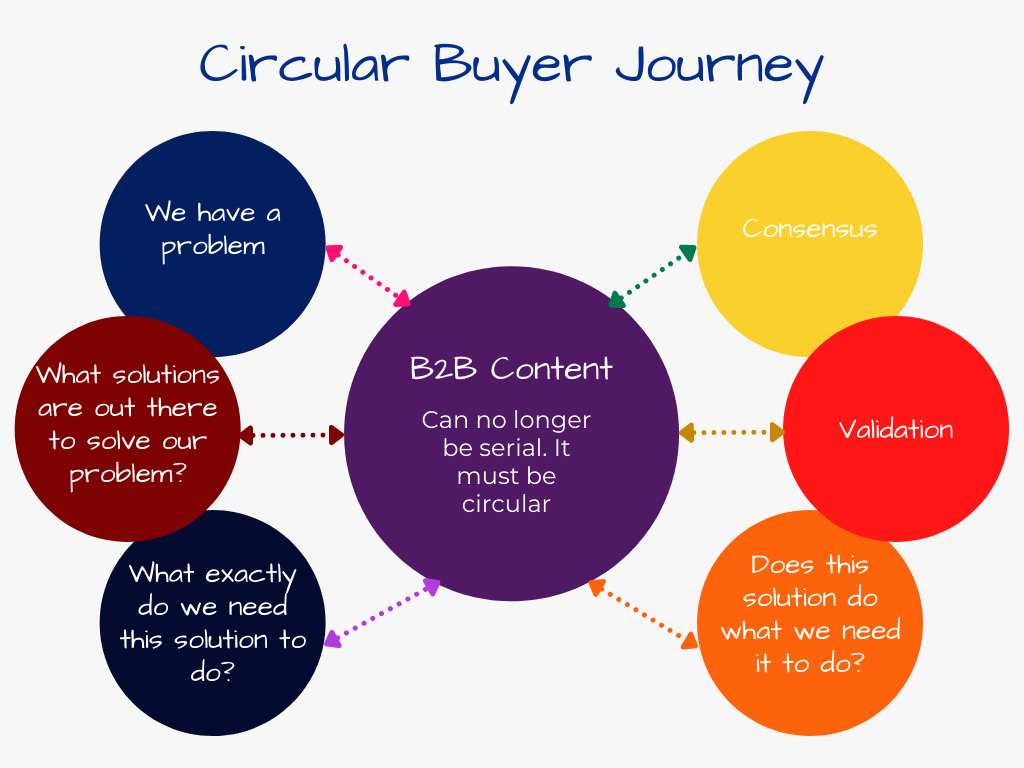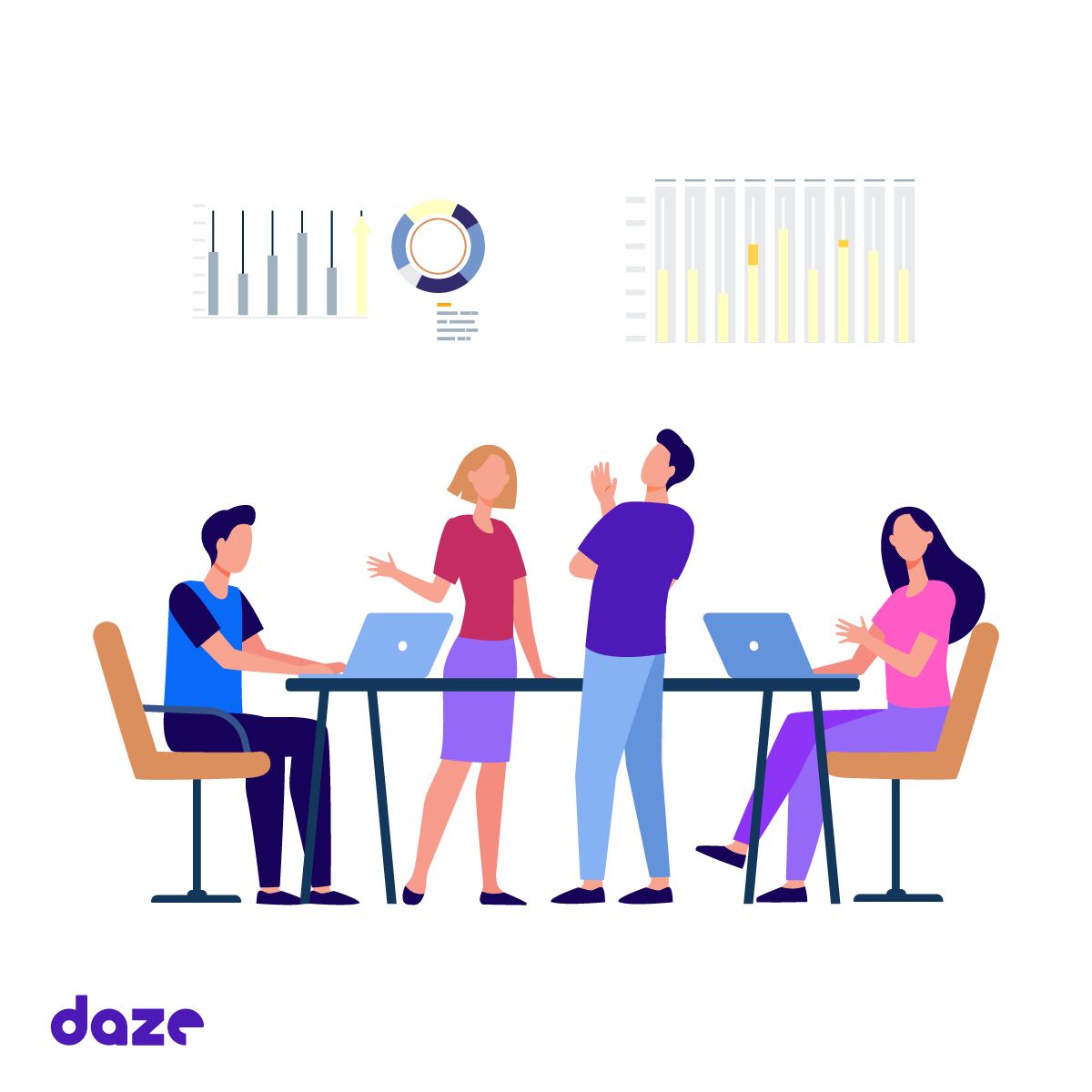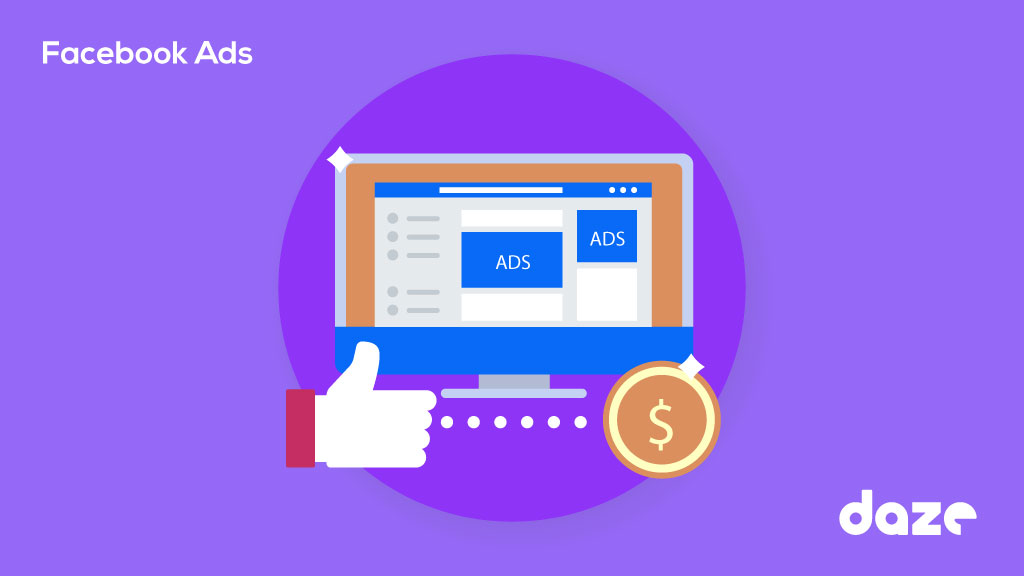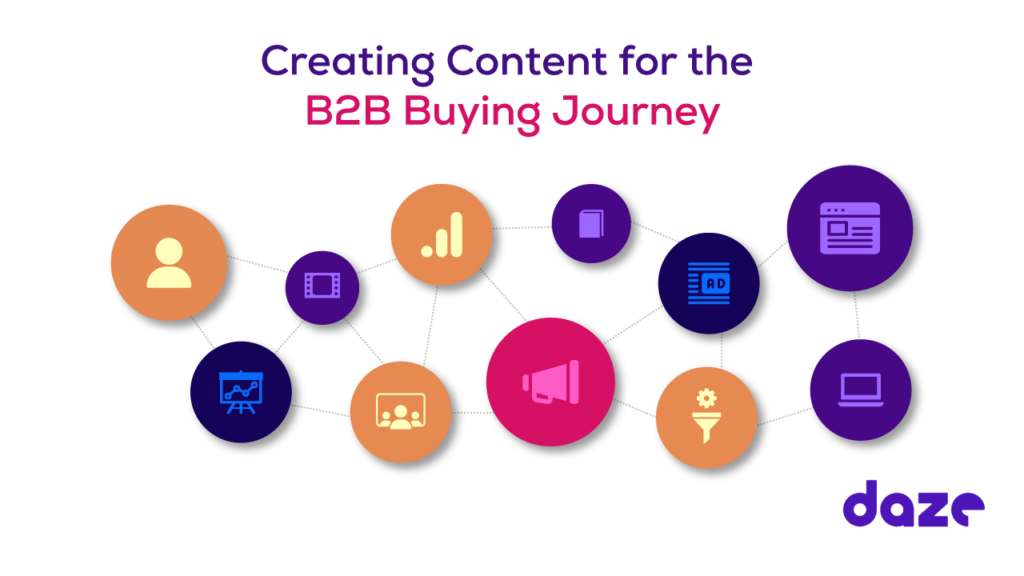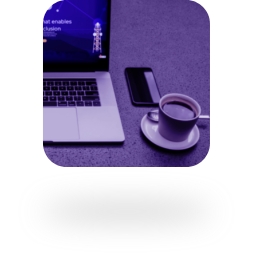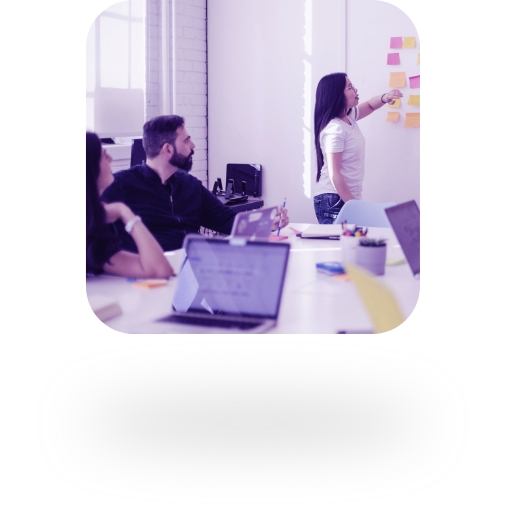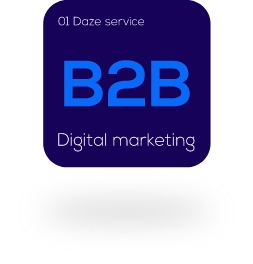The B2B buying journey has changed. Have you altered your content marketing strategy to align with the new realities?
Let’s look at how the B2B buyer journey is evolving.
Sales Reps Are No Longer The Channel to B2B Customers
B2B buyers today can access quality information through digital channels, making it much easier to gather the information they need to make a purchase decision. In fact, a Gartner research study found that B2B buyers spend roughly 17% of their time with potential suppliers. When comparing suppliers, the time a buyer spends with any single sales rep is as little as 5-6%.
Online Channels Have Become The Dominant Player in The B2B Buying Journey
Buying groups spend roughly 27% of their time researching independently online. Another 18% spend their time researching independently offline.
These findings align with a recent Forrester study of B2B buyer interactions. Survey participants responded that self-guided purchasing outpaced human-to-human interactions.
One of the primary drivers behind these transformations in B2B buyer behavior is the proliferation of information available on digital channels. The internet empowers customers to conduct research and evaluate potential vendors independently. This means that B2B marketers need to reach their target customers with value proofs much earlier in the buying journey.
B2B Buyers Want Personalized Experiences
Because most of the buyer journey is online today, B2B buyers seek content-rich, personalized experiences similar to what B2C provides. As a result, decision-makers are more content-focused and download as many as five content assets before making a final purchase.
These evolutions require us to upgrade our content marketing game to find new ways to connect with our target audience.
Six Steps Towards Making A Purchase
Gartner researchers identified six stages that buyers travel through before making a final purchase decision:
- We have a problem
- What solutions are out there to solve our problem
- What exactly do we need this solution to do
- Does this solution do what we need it to do
- Validation
- Consensus
However, this journey through the buying journey is not linear. Instead, buyers typically circle back through the stages several times, with numerous cross-actions as buyer stakeholders interact with each other.
B2B digital content needs to be responsive to customers’ emotional and functional needs throughout the buying journey. Therefore, our content strategy should prioritize creating a fiction-less experience, especially in a process where there is so much looping around through the buying stages.
According to Gartner’s research, when vendors’ content is factual and compelling, buyers can navigate the purchase process more easily and are more likely to buy from the vendor.
Marketing and Sales Can No Longer Be Serial
Another compelling element in the evolution of the buyer journey is the partnership demanded of the marketing and sales staff. Traditionally, marketing and sales teams operate linearly. B2B content generates demand and nurtures the sales funnel through digital channels until the most qualified leads are passed on to sales teams. But, as the research shows, buyers are not operating linearly. Instead, they utilize digital and in-person platforms to journey through the buying stages. In some cases, they may use both channels simultaneously. As we see above, the percentage of time spent in in-person interactions with sales staff has dwindled, making marketing content even more critical.
Creating Content That Carries Customers Through the Buying Journey
According to Forrester Research, companies that excel at lead nurturing can generate 50% more sales-ready leads at a 33% lower cost. Successful lead nurturing requires targeted content that reaches potential customers at the right time.
Let’s review the six stages identified by Gartner’s research:
We have a problem
What are all the possible problems your potential customers might have? Then, create content that highlights these problems. Content should be informative rather than promotional. Assets include:
- Ebooks
- Whitepapers
- Blog posts
- Infographics
- Analyst reports
- Editorial content
- Research reports
- Social media: LinkedIn, Facebook, Twitter
What solutions are out there to solve our problem
How does your product or service solve each problem you’ve identified? Your content should showcase your expertise, the solutions you offer, and the value of your products or services. Content types include:
- Ebooks
- Video
- Webcasts
- Audience-focused Whitepapers
- Guides
- Infographics
What exactly do we need this solution to do
Content that explains in detail how your product or service works. Content types include:
- Guides/templates
- White papers
- Webinars
- Blog articles
Does this solution do what we need it to do
- Testimonials
- Video
- User-generated content
- Demos
- Product comparison
Validation
- Customer and industry reviews
- Vendor comparison
- Case studies
Consensus
- Engaging visual content of successful outcomes
Conclusion
We already know that successful marketing requires B2B content that carries customers through the buying process. But, we can’t keep creating strategies that worked yesterday.
As B2B marketers, we have to up our content game, be creative and daring, conduct deep-dive research into the industry and our target audience, and create content that meets the emotions and needs of targeted buyers.
Creating customer-centric content relevant to each stage in the buyer journey smoothes the process, removes friction, guides decision-making, and leads to sales.


